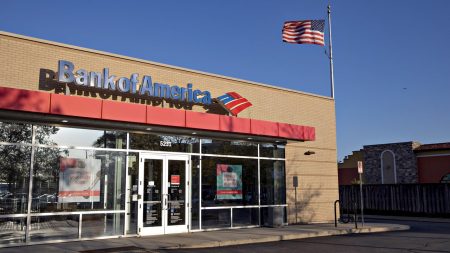Marcia Straub/Getty Images
Key takeaways
- A cost segregation study is an approach real estate investors can leverage to maximize their savings on income-generating properties.
- They are conducted by highly skilled teams of professionals, which may include tax accountants, attorneys, engineers and more.
- These studies have downsides to keep in mind as well, including an upfront cost and a risk of audit when employing the findings.
Real estate investors often seek to reduce their taxable income in any way possible, so they can invest those funds in either new properties or improvements on those they currently own. A cost segregation study, conducted by engineers and tax professionals, can help investors assess the depreciation of their investments in detail to maximize tax savings. While they may not be the right move for every investor — and there is some risk involved — these analyses can be a helpful way of reducing taxes for property buyers and owners.
Definition of cost segregation
Cost segregation is a strategy used by real estate investors to recover depreciated property costs. While property depreciation is tax-deductible over time, the IRS acknowledges that certain parts of a building may deteriorate more quickly than the building as a whole. Cost segregation accelerates this fiscal depreciation process for certain elements of a property, freeing up capital and increasing cash flow for owners.
Real estate typically depreciates steadily over a long period of time: 27.5 years for residential properties and 39 years for commercial ones. But cost segregation may allow deductions related to property age and deterioration on an accelerated schedule, commonly five, seven or 15 years in length, depending on the property type and elements being assessed.
“The idea of cost segregation is that we come in and break down the property into all of its smaller components,” says Louis Guay, who is principal for cost segregation, tax credits and incentives at Kaufman Rossin in Boca Raton, Florida. “The IRS has different regulations and different laws allowing certain components to be depreciated faster. So instead of being depreciated over 39 years, some of the components can be depreciated over five or seven years, some over 15 years.”
What is a cost segregation study?
A cost segregation study is a formal analysis conducted by a team of professionals. These might include engineers, who can provide valuation and depreciation information, and tax advisors, who understand the legal allowances involved. Sometimes, a real estate attorney will contribute to the analysis and advise on the written report.
The study and resulting report will detail how a property owner may leverage cost segregation as a strategy for reducing their taxable income.
Guay says that his firm approaches cost segregation by looking first at land improvements, like luxury landscaping, in-ground pools and special parking areas. It also evaluates what he calls “short-term personal property,” or “things that will wear-and-tear more rapidly — things that can be easily removed and replaced.” Some examples of short-term property might include flooring, such as carpeting or vinyl, or heavy-use kitchen items like appliances and cabinets.
“We segregate the cost associated with those components — we reclassify them as personal property and accelerate their depreciation,” Guay says. This, in turn, lowers the property owner’s taxable income from the jump, rather than decades down the line when the overall property has depreciated.
Benefits of cost segregation for investors
The benefits of cost segregation can be substantial for property investors. “The concept is to defer taxes into future years, keep that money and reinvest it in the present,” Guay says. In the early years of a property investment, when costs can outweigh income, this is one way of offsetting that. “I might use that money to buy a second property,” he suggests, or place it into strategic investments. Holding the property for long enough to benefit from reduced taxable income is how you will see returns.
However, keep in mind the inherent risk of an IRS audit. A DIY or sloppy analysis can carry more risk than reward: “You want to have a study that can be defended and substantiated in front of the IRS,” Guay says. In the event of a tax audit, “the IRS will want to know if [the study] makes sense and was done properly.” Many CPAs and smaller firms will outsource cost segregation projects to companies that specialize in this area, he adds.
How much do they cost?
One big downside: A cost segregation study is not cheap. “In general, to prepare these studies, you’re talking about anywhere from $5,000 to $20,000 or $25,000,” says Guay.
Of course, the price range will depend on the scope and complexity of the project. A study for a single-family rental home will cost significantly less than one for a large retail strip, a hotel or a specialized manufacturing building. “It’s not just a matter of the purchase price,” Guay says. “It’s making sure [the job] is done correctly so that you maximize your tax benefits.”
Another downside is the potential for a tax bill later: Depending on the type of property, when you eventually sell, you may owe income tax on the amount you claimed for depreciation.
FAQs
Read the full article here









